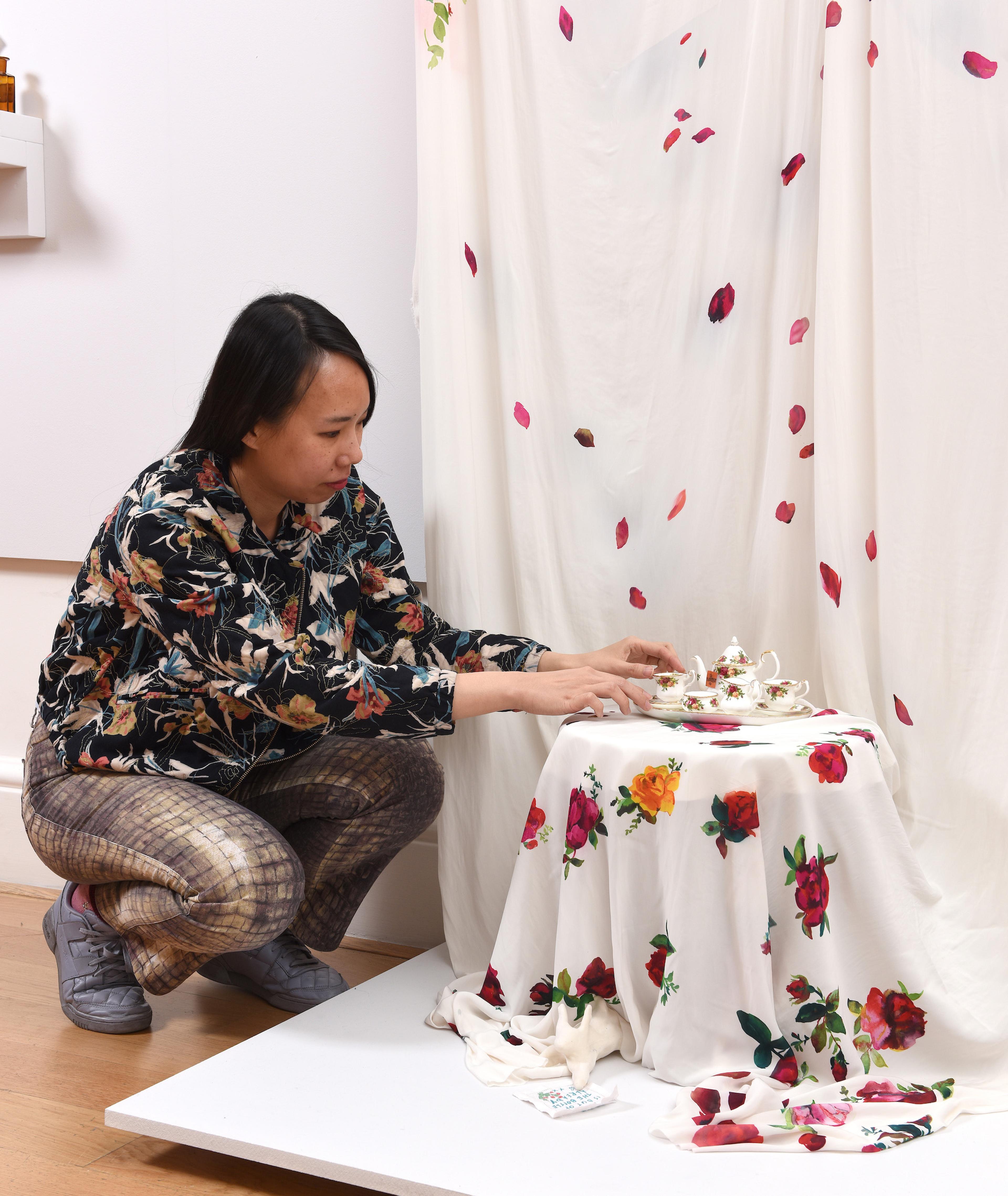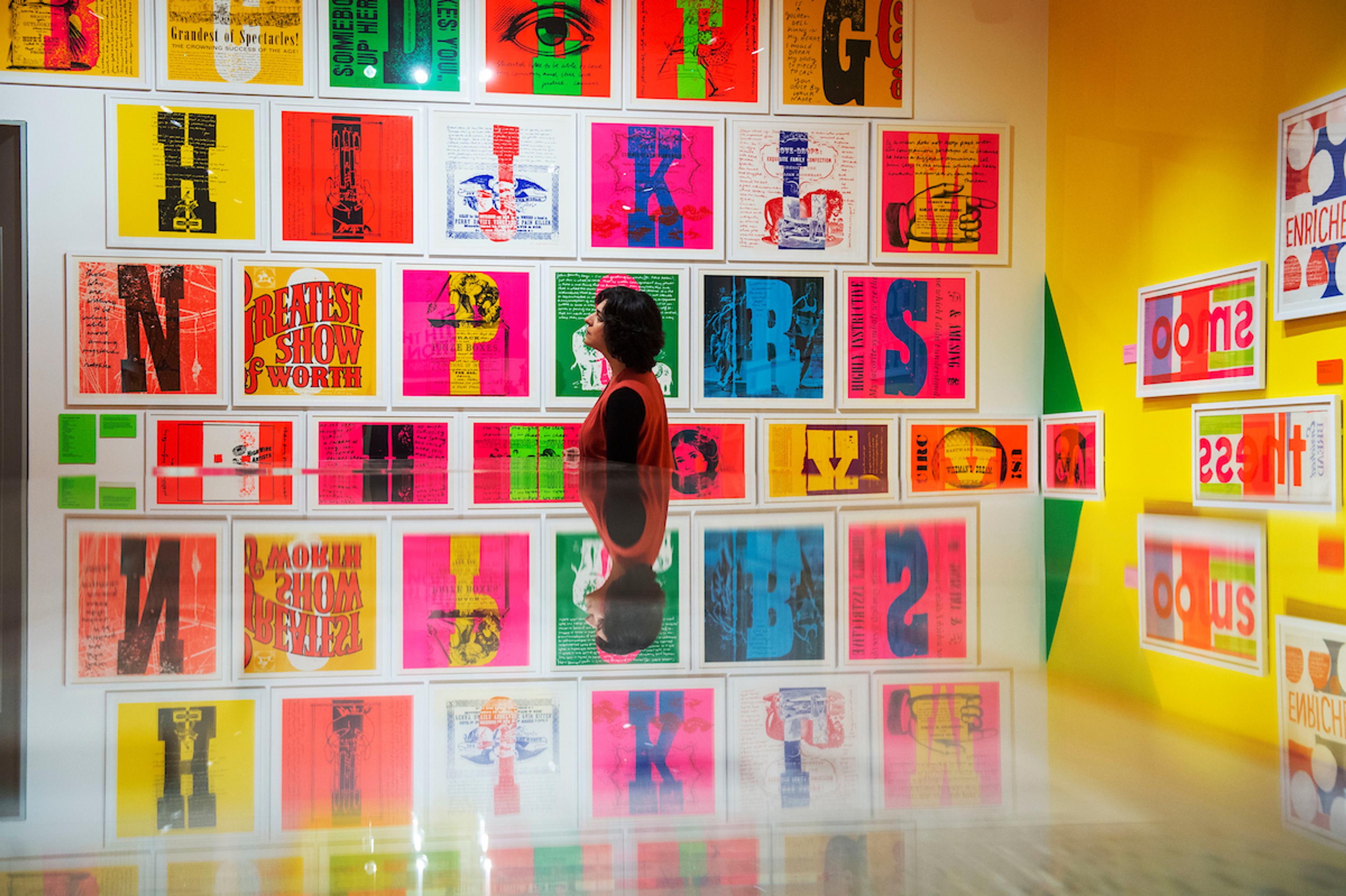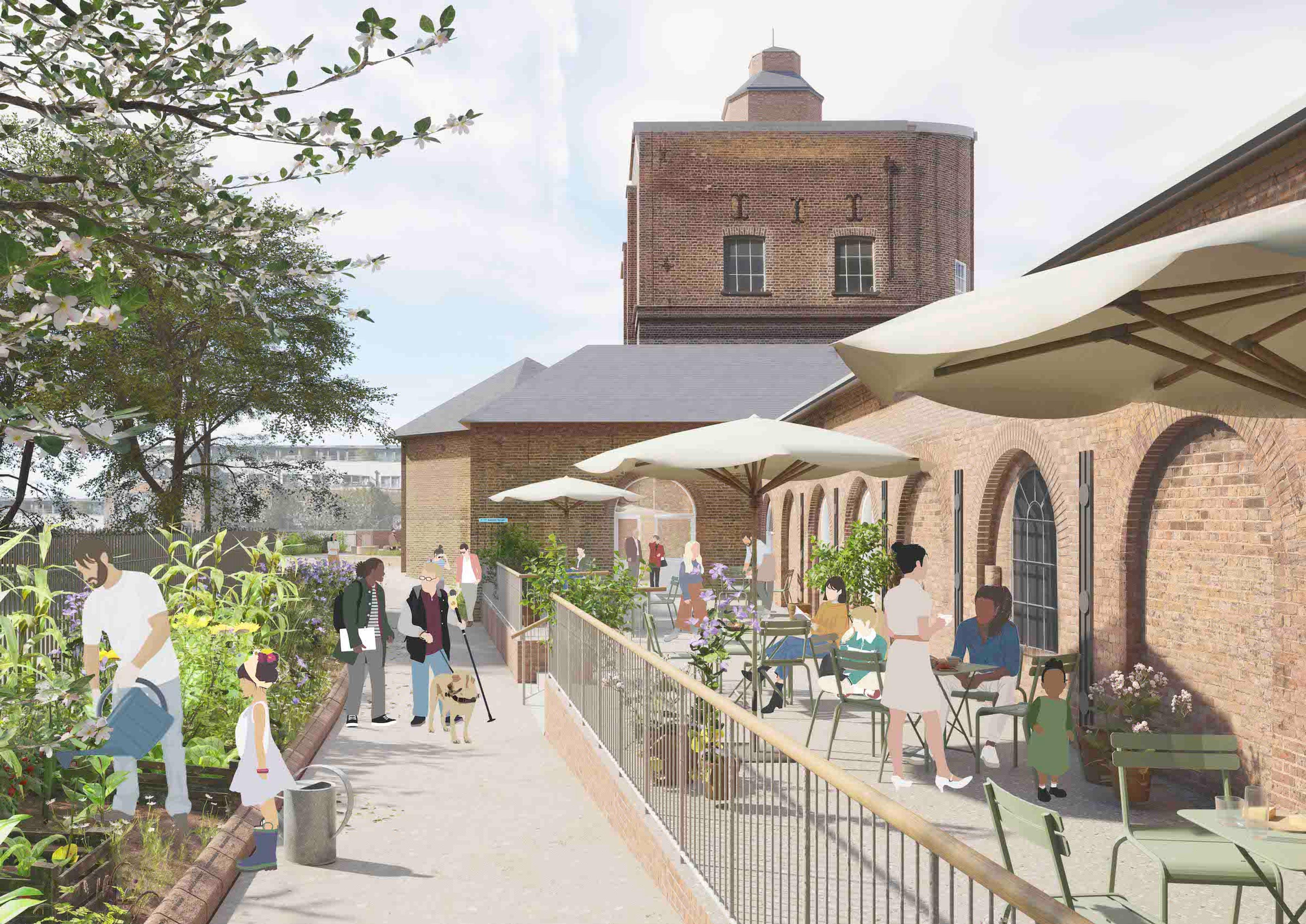Quentin Blake founded our charity in 2002. Since then, we’ve engaged more than one million people with illustration.
In 2026, we will open Quentin Blake Centre for Illustration in Clerkenwell, London.
In 1999, illustrator, author and educator Quentin Blake was made the UK’s first Children’s Laureate. He said he would use the opportunity to “bang the drum” for illustration. Quentin saw illustration as an important part of our history and everyday lives, and believed it could be a powerful tool for learning. But he felt that it was being overlooked.
“Illustration doesn’t get so much notice because it isn’t fine art, but it’s a language that everyone understands”

Quentin founded our charity in 2002, with the aim of creating the the UK’s first public place dedicated to illustration.
Over the first decade, he brought together friends, and former students and colleagues from the illustration department at the Royal College of Art. They imagined what a national centre for illustration could be, and started building support for their idea, with touring exhibitions and learning projects across the UK.
In 2014, we opened House of Illustration, a public space in King’s Cross with galleries, a learning studio and a shop. Over six years, we curated exhibitions, supported residencies, hosted talks and delivered creative workshops for people of all ages. More than one million people engaged with our work at House of Illustration and at our exhibitions on tour in the UK and overseas.


While searching for a permanent home for our work, we found New River Head, a derelict waterworks in Clerkenwell. We purchased it with a donation in 2019 and began work fundraising to restore it.


In 2020, we appointed award-winning practice Tim Ronalds Architects to plan for the site’s new life as the national centre for illustration. Their scheme converts New River Head’s five historic buildings into accessible exhibition galleries, a learning studio, a project space, a café-event space and a shop, surrounded by gardens.
Restoration works are now underway, and our team is working with illustrators and our local community to prepare for our opening. Quentin Blake Centre for Illustration will open in 2026 with a programme of exhibitions, events and workshops exploring and celebrating illustration.

